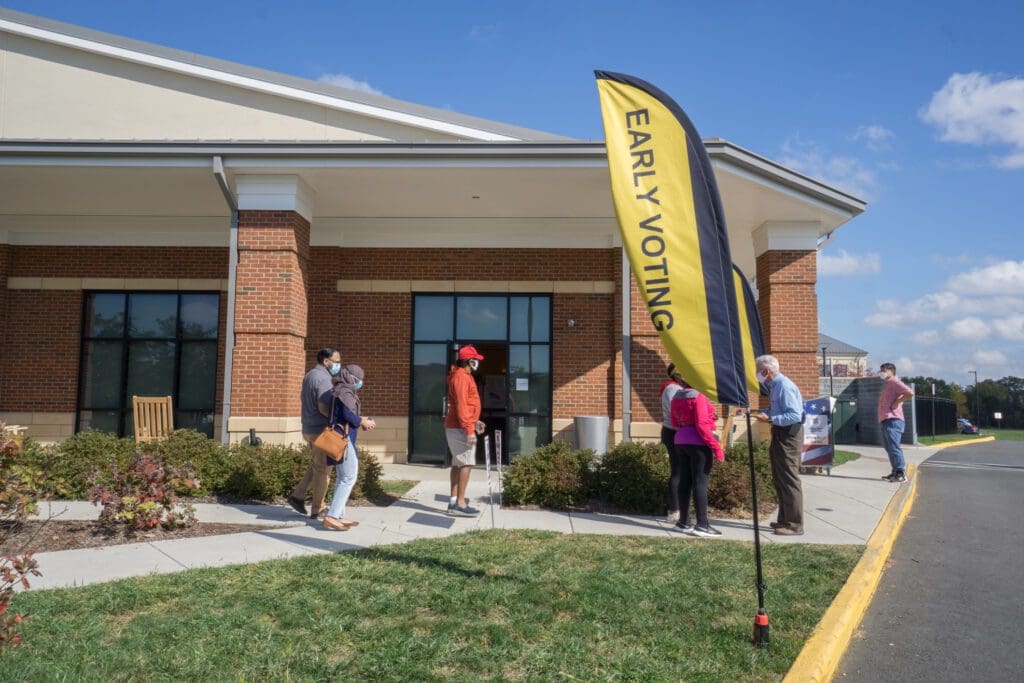Democratic Training Group Moves to Boost GOTV Push

One presidential cycle removed from largely remote campaigning, Democratic training practitioners are raising concerns about whether there will be enough skilled staffers available to turn out voters in tight races heading into November.
The clear message from practitioners on the left: enthusiasm isn’t enough. In a close turnout election, effective GOTV programs will be crucial.
“At Arena, we love energy, we love enthusiasm, but we know that ultimately that has to be translated into action in order to win,” said Lauren Baer, a managing partner of Arena, which trains staffers on the left. “If we look at 2020, Biden won by several million votes, but the election was actually decided by just about 45,000 votes spread across three different states.”
The organization currently has open enrollment for its GOTV Workshop Series, which “consists of a variety of two-hour, hands-on sessions to help campaigns and movement staff plan Get Out The Vote efforts,” according to the group.
“What we think we’re accomplishing with this program in particular, first and foremost, is targeting folks who actually already hold leadership roles in campaigns where they will be responsible for GOTV programs, but need to be up-skilled in order to have those programs be as strategic and effective as possible,” said Baer.
She noted that while 2020 was a year when GOTV programs were run mainly online, the 2022 midterm cycle saw a return to more traditional in-person methods of getting voters out to the polls.
“We actually wildly over-performed expectations in the midterms,” she said. “But what we also know is that GOTV is a unique skillset and something that campaigns often don’t have significant amounts of time to prepare for — which is to say they’re expected to staff up very rapidly at the end of the summer with minimal time to impart training skills and best practices to the teams that are going to be expected to mobilize voters.”
Now, while the methods the group is teaching rely on on-person outreach, the training itself is done on Zoom.
“It enables us to reach people who would not be able to attend traditional in-person training, particularly folks who might have caregiving responsibilities taking care of parents, or taking care of of children,” Baer said.
She added: “It allows a degree of flexibility, but we definitely do not run our teaching programs in a webinar format. To the contrary, we use Zoom events in a very sophisticated way that closely models a live classroom setting … We do a lot of small group learning. Individuals will directly interact with other participants and their instructors plenty of time for breakout sessions.
“And so what it really enables is this incredibly broad and diverse group of activists and organizers from across the country to come together in a space to learn from one another in a way that they might not be able to do if cost or geography were a barrier to in-person training.”

